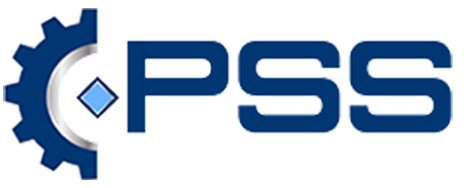Process Safety managers often face an overwhelming number of Findings and Recommendations from various PSM/RMP elements such as Process Hazard Analysis, Compliance Audits, and Incident Investigations.
Findings/Recommendations are considered "addressed" when it is either accepted and implemented, or when its implementation is justifiably delayed while ensuring safe operation. The most frequent issues when addressing Findings/Recommendations are as follows:
- Not responding to the Finding/Recommendation.
- Failing to document the follow up to a Finding/Recommendation, even if it has been addressed.
- Losing track of the Finding/Recommendation.
PSM findings and recommendations play a crucial role in identifying areas for improvement and preventing incidents. However, it's essential to address these findings effectively to ensure the safety and integrity of the processes. Now let’s talk about how you can avoid these common issues.
- Understand the Recommendation:
Take the time to review the findings and recommendations carefully. Ensure that you understand the underlying issues and their potential impact on process safety. If any aspects are unclear, seek clarification from those who conducted the assessment or those familiar with the findings.
- Establish Responsibility:
Identify the individuals or teams responsible for addressing each finding. Assign clear ownership to ensure accountability and a structured approach to resolving the issues.
- Prioritize Findings:
PSM findings vary in terms of severity, potential consequences, and urgency. Establish a prioritization framework to determine the order in which the findings will be addressed. Consider factors such as potential risks, regulatory compliance, impact on operations, and available resources. This allows you to distribute resources efficiently and focus on the most critical areas first.
- Develop an Action Plan:
For each finding or recommendation, develop a comprehensive action plan. Define specific objectives, targets, and target dates to guide the implementation process. The action plan should include detailed steps, responsibilities, and timelines. Additionally, consider the resources required, such as personnel, budget, and technology, to support the execution of the plan effectively.
- Implement Corrective Actions:
Execute the action plan according to the defined timelines. Monitor progress regularly and ensure that each corrective action is completed as outlined. Keep track of any changes made, implemented modifications, and documents updated during the process.
- Document and Communicate:
Proper documentation is essential throughout the process. Maintain records of all findings, recommendations, action plans, and outcomes. Document any deviations or challenges during the implementation process. Effective communication is also vital to your action plan when addressing Findings and Recommendations.
Addressing PSM findings and recommendations is a critical aspect of maintaining process safety within an organization. By following a systematic approach, you can ensure a thorough and effective response. Understanding the findings, assigning responsibility, and prioritizing actions, are key factors in successfully addressing PSM findings. With a thorough and proactive approach, organizations can continuously improve their process safety systems and mitigate potential hazards effectively.

